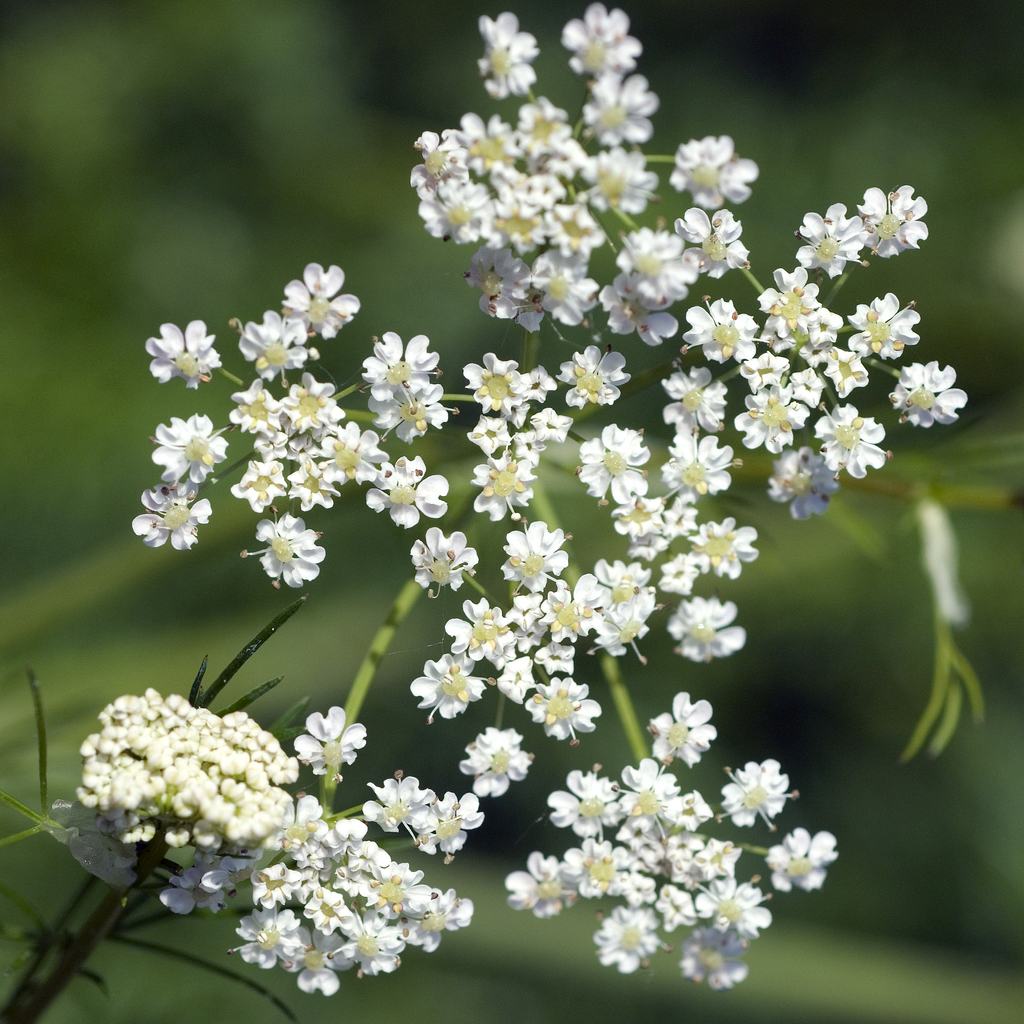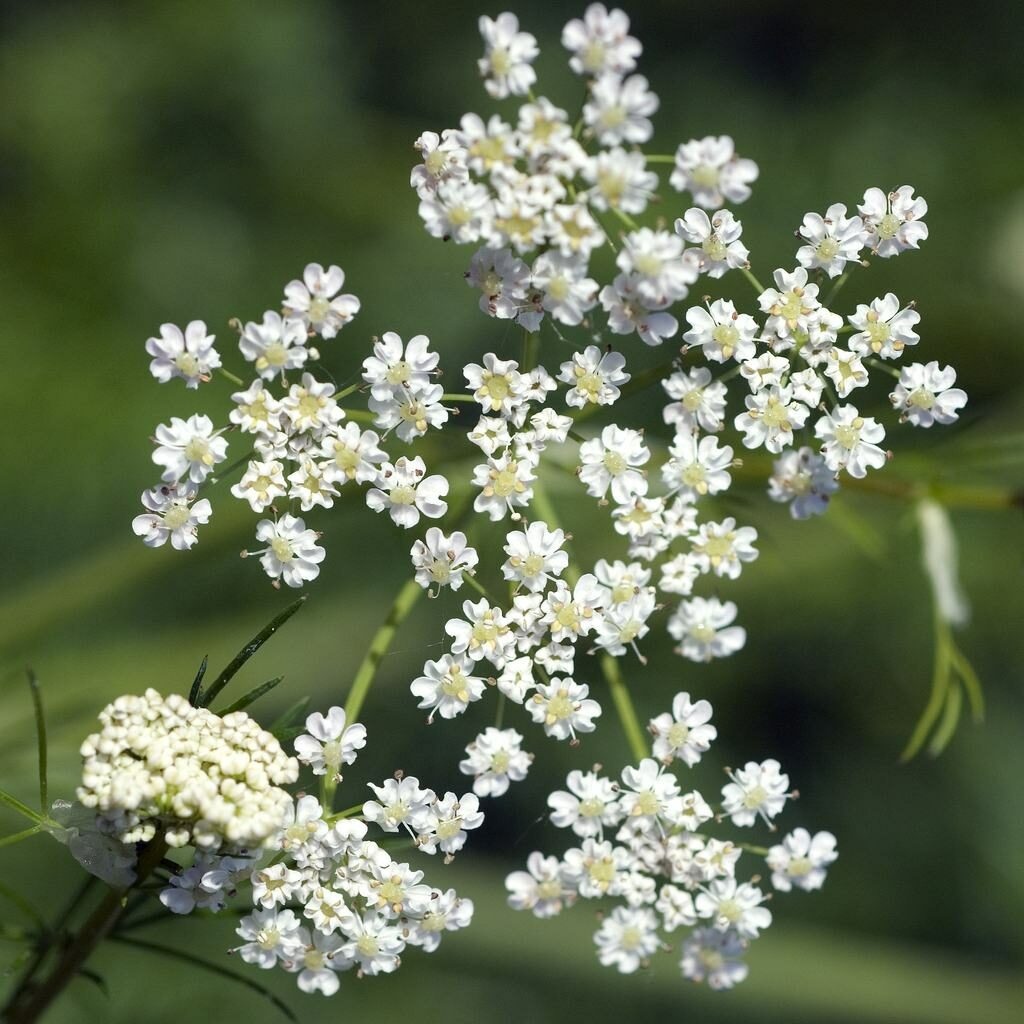Cumin Plant Care: How To Grow Cumin Herbs In Your Garden
Fewer spices have tickled our collective palates than the humble cumin herb. From soups and marinades to meat dishes and even tea, the cumin plant has a place on every menu. The fresh leaves of the cumin plant add a great flavor to salads. But did you know you could grow this herb right in your garden and harvest fresh cumin seeds to use in your kitchen? It’s true is favors hot weather, but the cumin plant is adaptable and will grow successfully in the right conditions. So what are these right conditions?
Cumin Plant Facts
Before we get to that, let’s take a closer look at the cumin plant itself. Cumin (Cuminum cyminum) is an annual flowering plant that belongs to the Apiaceae family. It was first grown in North Africa and the Mediterranean basin thousands of years ago. From there, it spread to the east in South Asia and to the west to find a place in the Mexican cuisine.
The cumin plant reaches modest heights between 1 o 2 feet at most. It doesn’t require much space. You can even grow it in a pot that you keep on a window sill in the kitchen. It will take this herbaceous annual about 4 months from the time you plant it until the seeds mature and are ready to harvest. During those months, the seeds sprout into a lovely plant with needle-like bright green clusters of leaves.
But it’s the flowers that really steal the show here. Around late July or early August, that’s when those small flowers start popping up in groups. They can be either white or pink depending on the variety you grow. They stay in bloom for a couple of weeks or a little more until they pollinate. Soon after the pods of seeds develop and ripen. When they are fully ripe, then you can harvest them.
Cumin Herb Varieties
If you have ever tried eating cumin seeds raw, something that you should try, and let the pungent flavors overwhelm your taste buds, you might be surprised to know there is more than one type of cumin plant. Yes, they all have that strong flavor, but they differ in many other qualities. Let’s take a look at and compare all three of them.
- Black Cumin: Very common in recipes and dishes since it has a sweet flavor and less pungent taste. This is usually the variety you get at the store. Grow this one if you are interested in collecting the seeds for your kitchen. It also has many uses in traditional medicine.
- White Cumin: While the plant looks just like the black cumin, the seeds have a strong aroma that is not to everyone’s taste. Still, white cumin is the king of spices in dishes such as curry.
- Brown Cumin: This variety also has a pungent taste that makes it a must in spicy dishes. However, as alternative medicine, it is often grown for its health benefits as it improves the digestive system and treats bloating as well as nausea.
Whether you grow cumin as a flowering annual for its ornamental value or for its aromatic seeds, you probably should stick with the black cumin variety. This one is easy to grow and care for. And of course, it will reward you along the 120 days of its life with its green foliage, white blooms, and delicious seeds. The only caveat here is that, if it’s seeds you are after, you should grow a bunch of plants together. The yield of an individual cumin plant isn’t that much as we’ll see later.
How to Grow The Cumin Plant
With USDA hardiness zones between 5 and 10, the cumin plant adapts well to many climates and weather conditions. Even if you live in a cold region, you can still grow the cumin herb in a pot or a container and keep it as a houseplant. Either way, it’s recommended that you grow cumin from seeds. It’s just easy that way. So let’s see how you can go about growing cumin in your garden from seeds in easy steps.
- You need to give your cumin seeds a head start before you plant them in the garden. So start indoors first about 6 weeks before the last frost.
- Before you sow the seeds, you will have to soak them in water for at least 8 hours. Use lukewarm water to allow the seeds to absorb the moisture.
- This might also be a good time to give the seeds the water test. If the seeds float and remain floating for a few minutes, skim them off the surface and get rid of them. These are bad seeds.
- After 8 hours the seeds start to germinate. Drain the water and keep the seeds on a paper towel.
- Choose a flat container or a medium-size pot with drainage holes in it so you can sow many cumin seeds together.
- Fill the pot or container with loam soil (loose and sandy soil is the best for cumin germination) leaving a few inches at the top.
- Make a small hole in the soil about a quarter of an inch deep and place one cumin seed in it. Cover with soil without packing.
- Space the seeds about 6 to 8 inches apart to give their shallow roots enough rooms to grow.
- Water the pot until the soil is thoroughly wet to help the seeds settle. Don’t expose the seeds while irrigating the soil.
- Place the pot in a window facing south to get as many hours of sun as possible. If you don’t get enough sun, you can use fluorescent lights instead.
- By the time the last frost has passed, your cumin seedlings are ready to move outside. You should wait until the soil is warm (at least 60 degrees Fahrenheit) and easy to work outside.
- Choose a spot in your garden that gets at least 10 hours of sunlight every day. A south- or west-facing area is ideal.
- Dig up each seedling from the container making sure to keep enough soil around the rootball.
- Make a hole in the loamy and well-drained soil about 2 inches deep for each cumin plant and place the seedling in it. Fill the hole with soil without packing it.
- Space the plants 8 inches apart.
- Water the soil enough to make it wet.
Cumin Herb Care
Granted, it’s a lengthy two-step process. However, you need to prepare and start the cumin seeds indoors first to give them a better chance at surviving outdoors. With that in mind, you need to take care of your growing cumin plants paying extra attention to the soil and light.
Soil
The two types of soil that you can grow the cumin herb are loamy or sandy. Any other soil will not do. Remember that the root system of the cumin plant is too shallow and fragile to penetrate deep into the ground. So loose and well-drained soil will serve the purpose here. Horticulturalists also recommend that you test the soil before you plant the cumin seeds. Make sure the pH is between 7 and 7.5. You can add perlite, sand, or organic material to adjust the pH levels.
Light
As you’re probably aware, the Mediterranean area is flooded with sunlight all day throughout the year. That’s the kind of light the cumin herb likes. So always choose a spot in your garden that gets at least 8 hours of sunlight a day. If that’s not possible, then you will have to grow cumin plants indoors. You can use fluorescent lights as a replacement for the natural sunlight. Keep the lights on for 14 hours a day and place a ventilating fan in the room to prevent mold and fungal growth.
Water
While it can tolerate drought well, water is important for the success of the cumin plant. You really don’t want to let the soil go dry before you irrigate it. Regular watering is crucial for the plant especially if you grow it for the seed crop. In the summer months, the soil gets dry much faster, so water the soil until gets really soaked. Thanks to the loamy and well-drained soil you have prepared in advance, there’s little chance of waterlogging the shallow roots of the cumin plant.
Pests and Diseases
Cumin doesn’t offer much to pests apart from aphids and mealybugs. However, you might even have to bother with these pesky bugs. That’s because the flowers of the cumin plant in your garden lure in some good bugs. Lacewings, predator hornets, and ladybugs feed on the nectar in the cumin flowers. And while they’re there, these bugs will also feed on other bugs in your garden. In other words, your cumin plants help other flowering plants in your garden survive as well.
That said, the cumin plant might struggle with some fungal infections such as powdery mildew, Alternaria blight, and Fusarium wilt among others. Most are fungal diseases caused by either overwatering the soil and spraying the leaves or by high levels of humidity in the air. Make sure to remove weeds and improve air circulation around the plants to prevent the spread of these fungal infections.
Harvesting The Cumin Plant
The harvesting window for cumin seeds is rather narrow. One day the pods are not ripe, and the next day they’re popping everywhere and scattering their seeds all over the place. One clue to help you decide the seeds are ready to harvest is when they change color. If you’re growing black cumin, the seeds will turn black. You need to collect them quickly.
Gather the ripe pods and place them in a paper bag. Hang them in a dry and airy place for a few days. After about a week, you can take them down and pop the pods open. The dry cumin seeds are ready for your delicious dishes.

